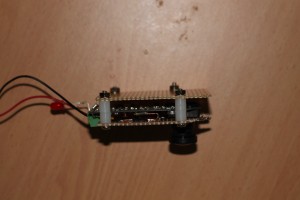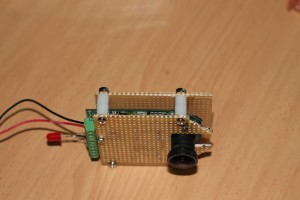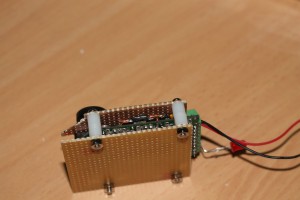The HackHD camera is a cost-effective light camera chosen for the mission. It does have one drawback; it gets extremely hot during operation. This post identifies the issues this poses and puts forward a possible solutions to _try_ and mitigate these issues.
The Problem
As the payload ascends, it will experience extreme temperatures and pressures. During the initial ascent, there will be a drop in temperature and the pressure will drop slowly. There will be a chance that the camera can cool from radiation and a little bit of convection. As the payload continues to ascend into the Stratosphere, the air pressure drops off to almost zero. Convection isn’t going to work. Radiation of the heat is the only mechanism by which it can cool. There is absolutely no point having a ‘fan’ installed to cool it down because there won’t be anything to ‘blow’ on to the hot chips.
The Solution
We need to ensure that the HackHD can radiate heat as effectively as possible. Remember that we just want to make the HackHD last as possible. It may be close to impossible to allow it to operate the whole time. Ways to address this are:-
1. Keep the journey as short as possible up in the Stratosphere
2. Take video for a few minutes, then turn off to allow it to cool down, then turn it back on again. Or alternatively, take photos instead of video
3. Add heat-sink to transfer heat away, to increase area of surface radiating heat. The flow of heat is directly proportional to the surface area of the object.
The heat Sink
Below are some pictures of the device that ‘hugs’ the HackHD camera.



We have 2mm screws that connect the veroboard to the HackHD using the three holes it has. We have bent copper plate soldered to the veroboard making physical contact with the three chips. We use heat conducting paste to improve heat flow. We then have another piece of veroboard (no copper on any side) attached to the other veroboad using 3mm screw/nuts. We have two spaces to give an appropriate gap. This last bit of veroboard helps to keep hands away from the underside of the HackHD, reducing chance of damage (static), etc.
